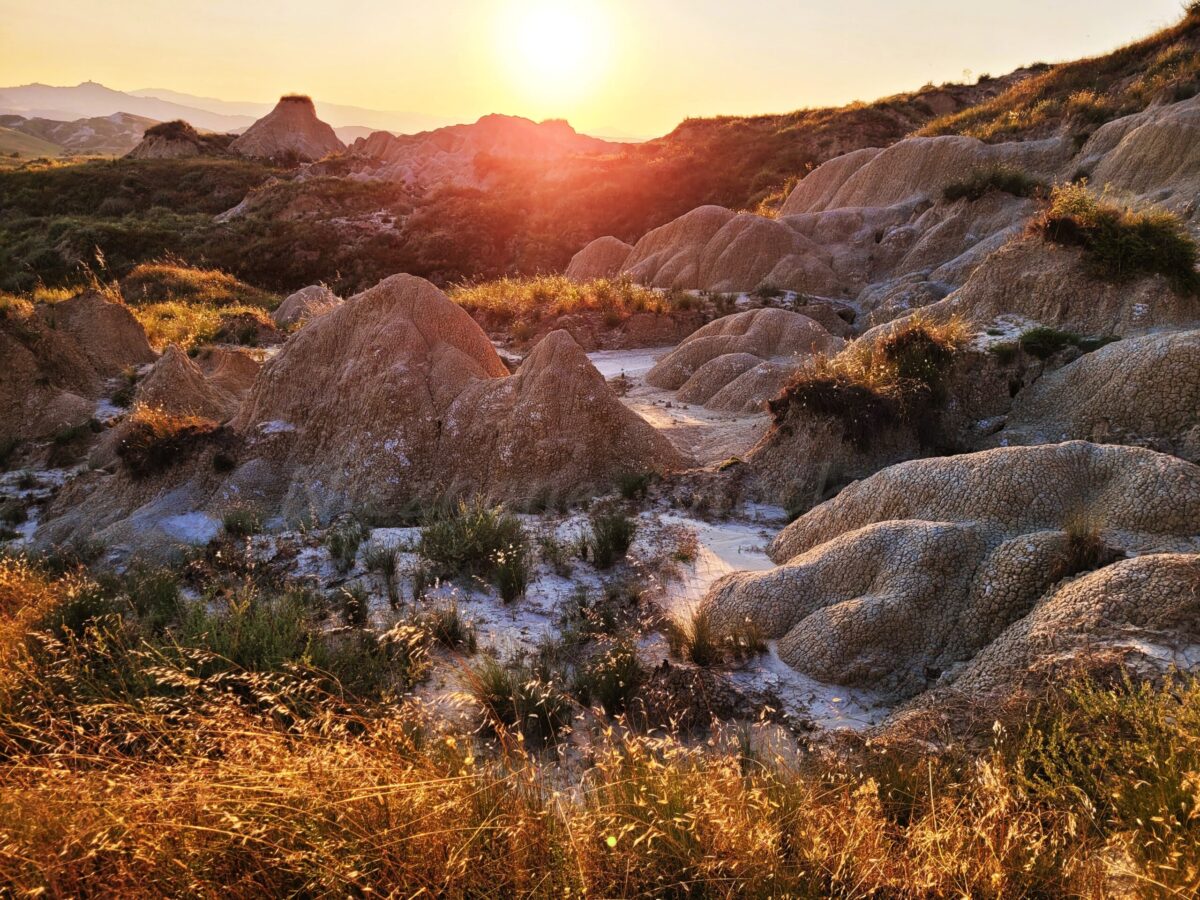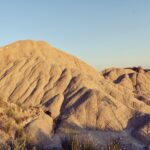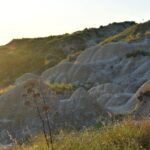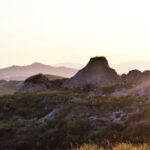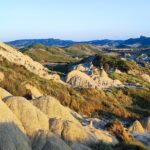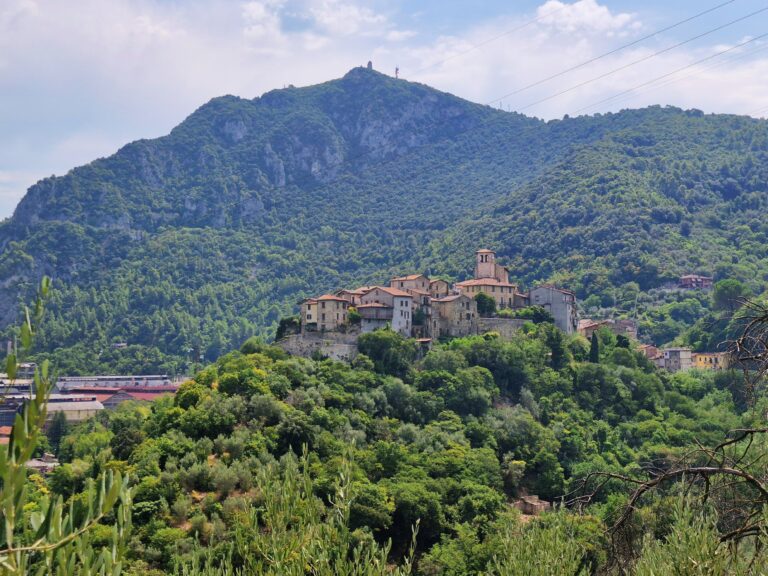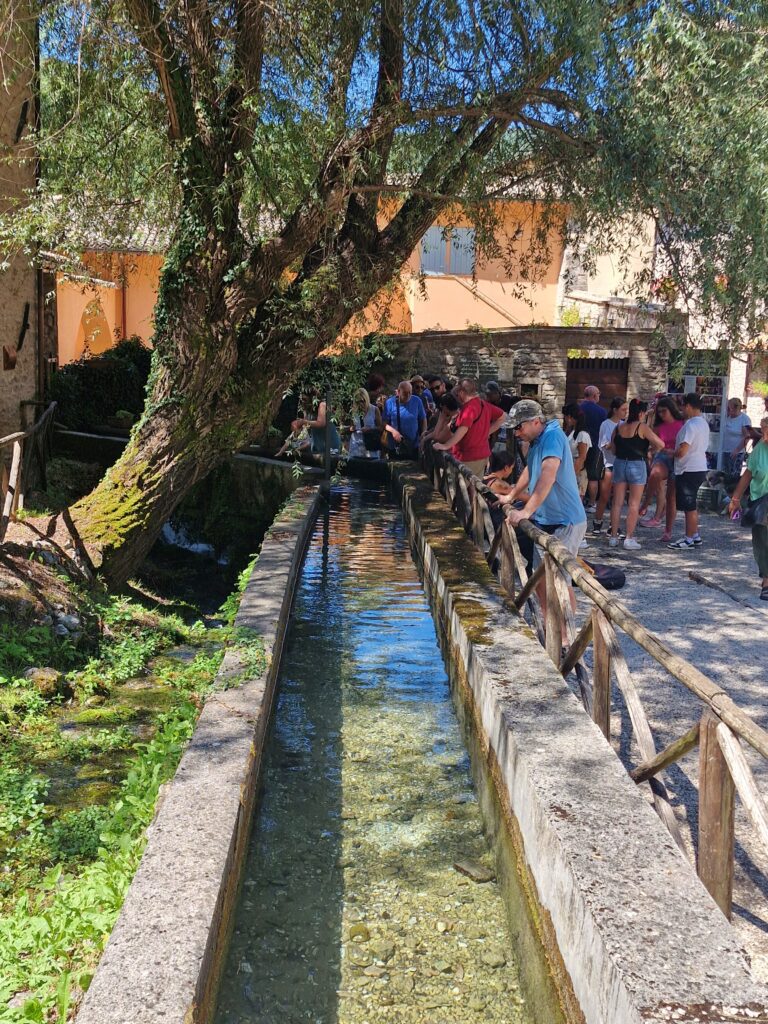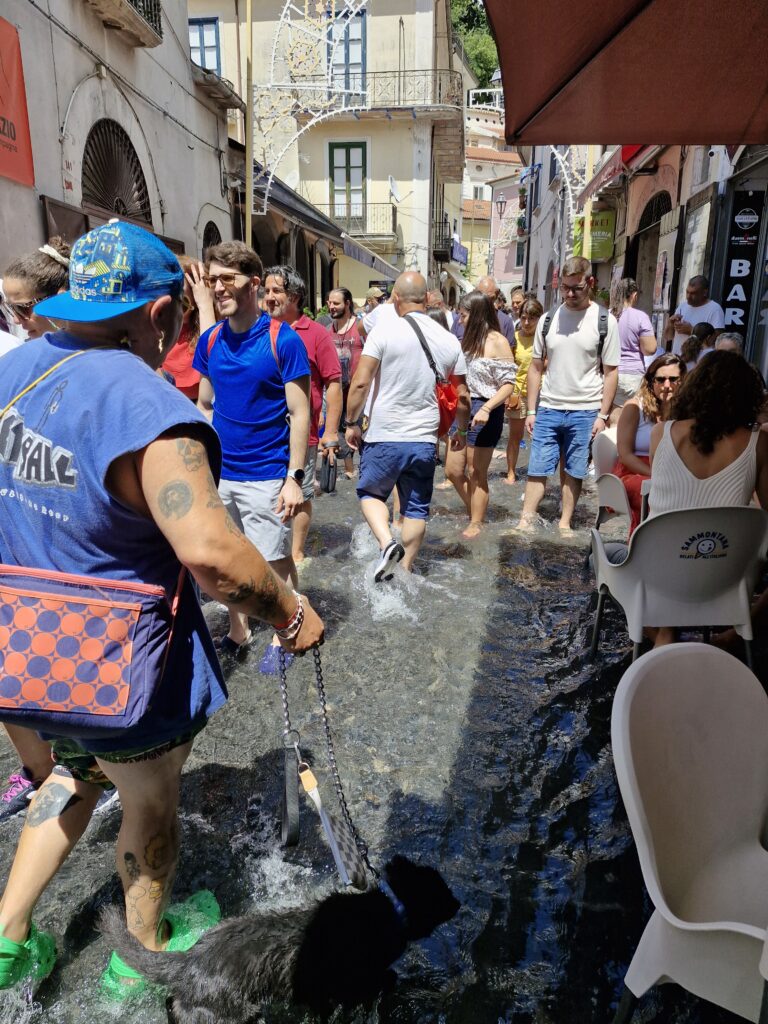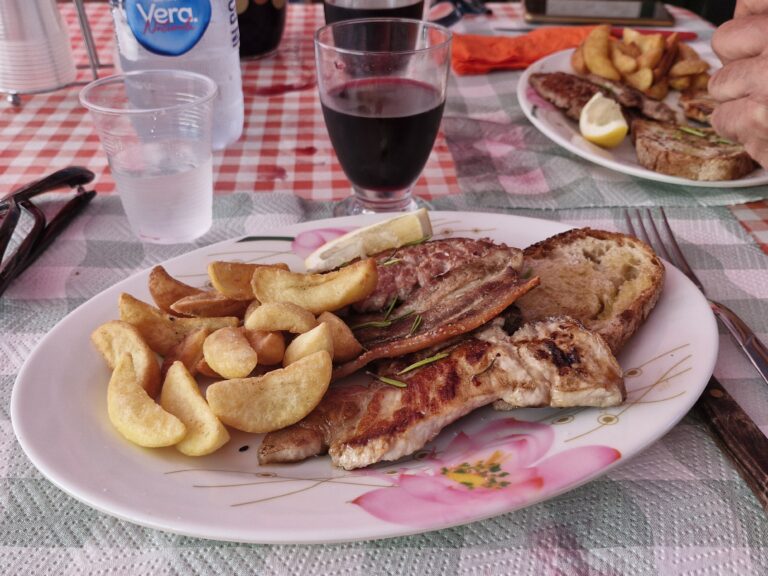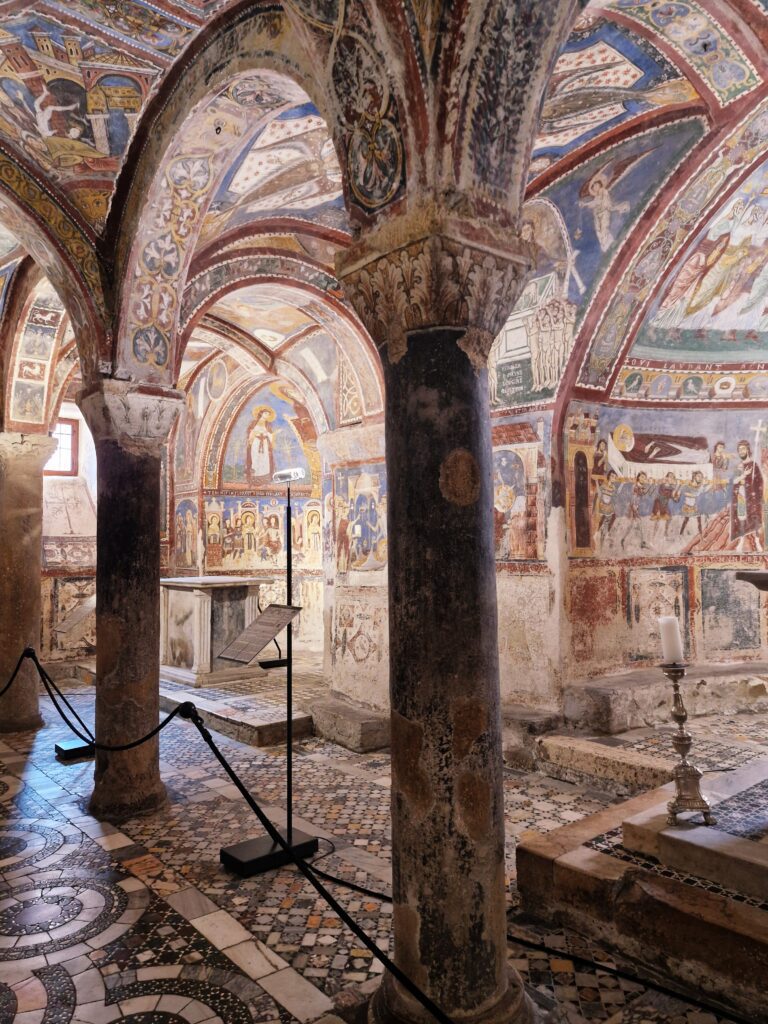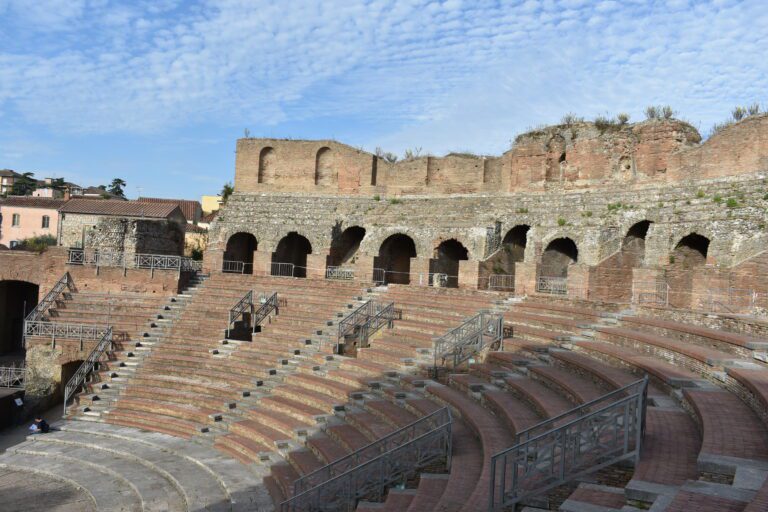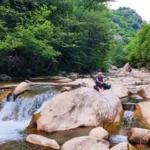Basilicata badlands i.e Pisticci calanchi, are located in the Aliano area, about 20 minutes by car from Craco, of course, using GPS, because it’s not easy to get there. And don’t be surprised if, at some poin, the GPS starts to want to lead you astray, because Pisticci calanchi are a bit of a stray. Once you leave the road, you’ll start on a fairly wide, beaten track leading to your destination. And since it’s a rather strange place, not everyone will like it. In addition, choose a sunny or at least dry day to visit it; when it’s raining/after rain, the trip risks getting buried in mud.
Basilicata badlands – what it is?
The Basilicata badlands in Italian are called Pisticci calanchi. Pisticci is a small town, and calanchi are hills of bald clay soil, a dozen or so meters high. Bald – because they rarely have anything growing on them. There are plants there, but only in the lower parts of the hills. And here and there they stick out of holes. The whole clay formation is interesting because it changes more or less after each strong rain or wind. Visiting it after a few months, you can be surprised by how much this place has changed.
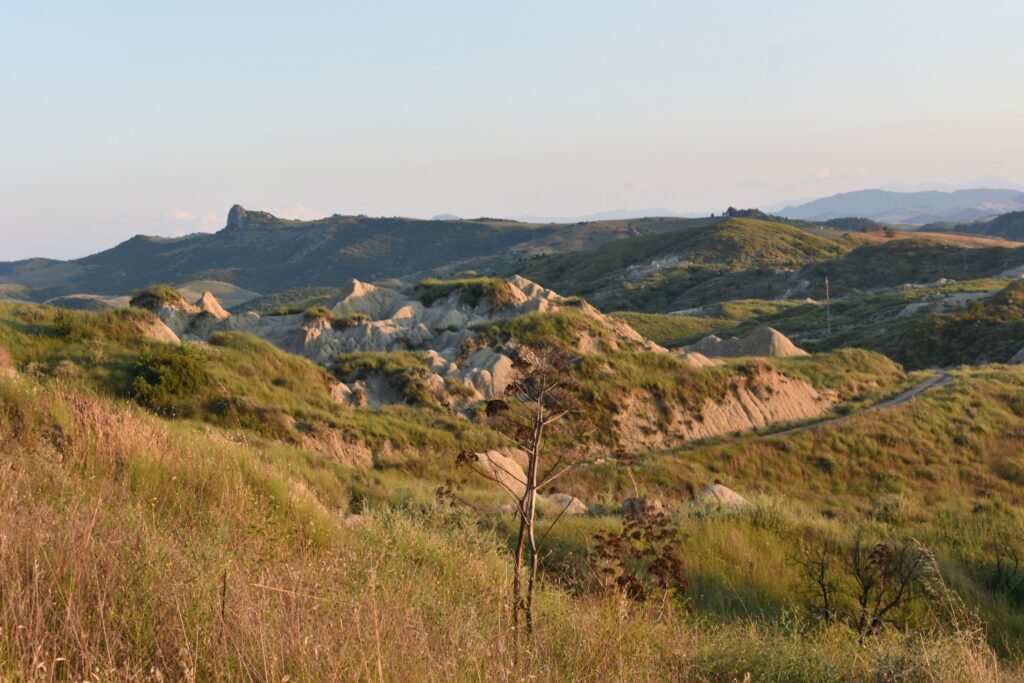
The Basilicata badlands hills are yellowish, dry, and cracked; each mountain has a specific shape, which depends on the state of erosion. Some, the more crumbled ones, have fringes of grass on their tops, and in the rays of the setting the sun they look like giants waiting to wake up. In such surroundings, you can feel like a Lilliputian who accidentally got into another world.
Can you walk on the Basilicata badlands?
Yes, you can walk on them. There are trampled paths there, not necessarily very visible, but it is worth walking on them, because the view from the “clay place” is nice. You can climb to the top of the formation, but I’d recommend caution if you decide to do so.
First of all, as I mentioned, all the mountains are bare, so there is nothing to grab on to when climbing or descending. Secondly, some of the hills are very steep, so you have to slide down on your buttocks. Thirdly, and probably most importantly, the clay crumbles and sinks, creating holes in the hills. The ones at the bottom of the hills are not deep, but it’s still not nice to fall into such a hole. And since the hills are hollow inside, the higher you go, the deeper the holes.
In addition, it is difficult to tell where the clay layer is hard and you can put your feet down without fear, and where it’s thin and will surprise you by collapsing under your weight.
Therefore, if you intend to climb the Basilicata badlands, do it wisely. Or don’t climb and just stop lower, at the foot, and admire the beautiful panoramic view from there. When we were there, it was the Pisticci calanchi pits that were besieged by a group of photographers. We went further and much higher, where there was not a single person, but there were many holes.
I absolutely love this unusual formation. I climbed quite high up the hills, but when I looked into one deep hole, I felt not so great. The large number of holes discouraged me from climbing any further. So I slid on my butt to a lower level, wondering if something would collapse under me, then sat on one of the hills, admiring the panorama and the sunset, and waiting for the clay giants to come to life.
What else is going on in Basilicata badlands?
Due to its unusual shapes and isolation, Pisticci calanchi attracts all kinds of artists who play, sing, dance, recite poems, paint, etc., 24/7 during the 4 days of the La Luna e i Calanchi festival. It’s probably quite a cool event. In addition, during the festival, you can hike the hills with an experienced guide who knows the clay, so you don’t fall into holes. Clays are also popular with filmmakers, for whom the picturesque hills are an ideal place to shoot scenes for feature films or music videos.
And for those who don’t like festivals, the size and shape of the Basilicata badlands allow for motocross, horseback riding, hiking, and mountain biking.

